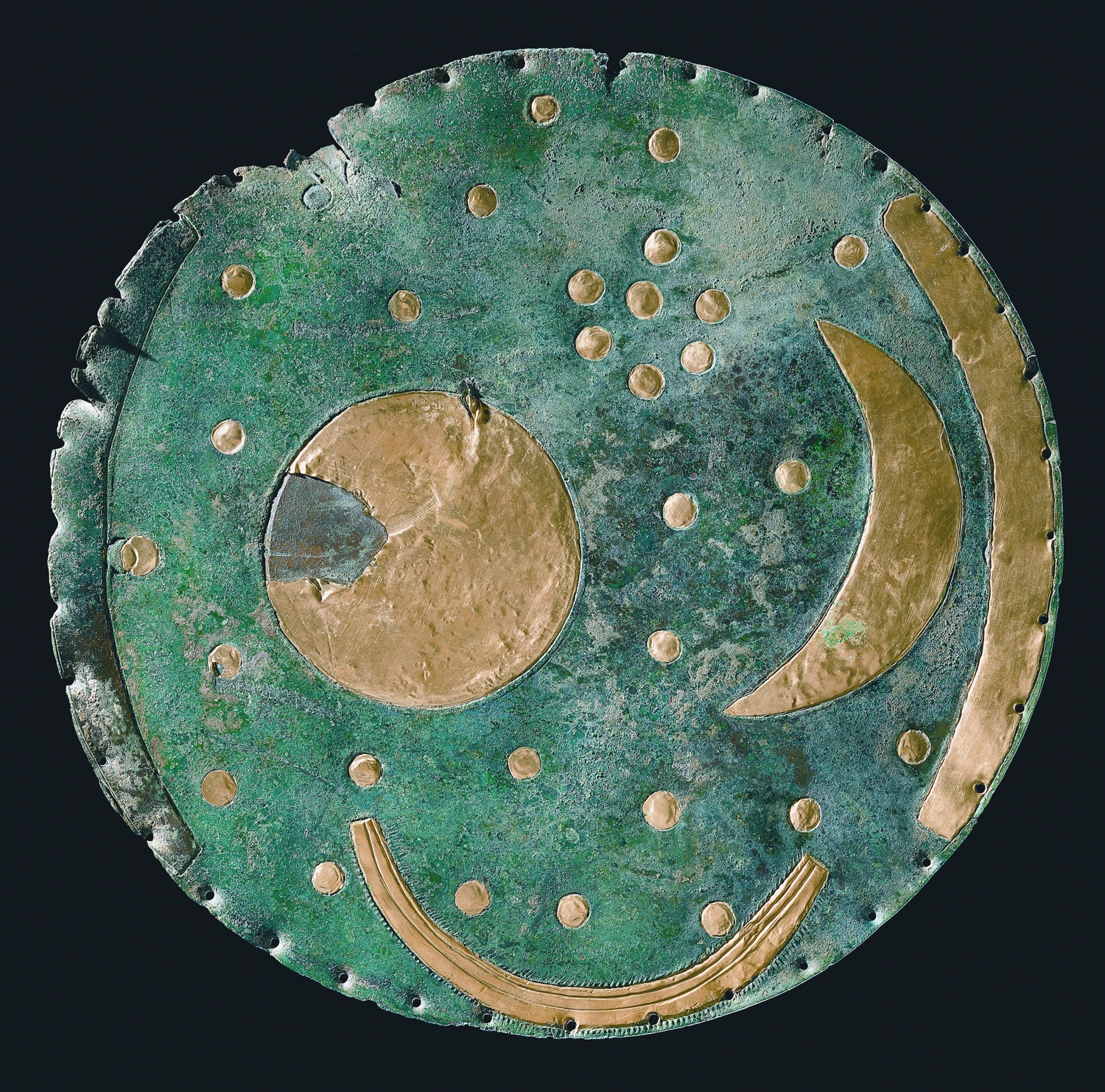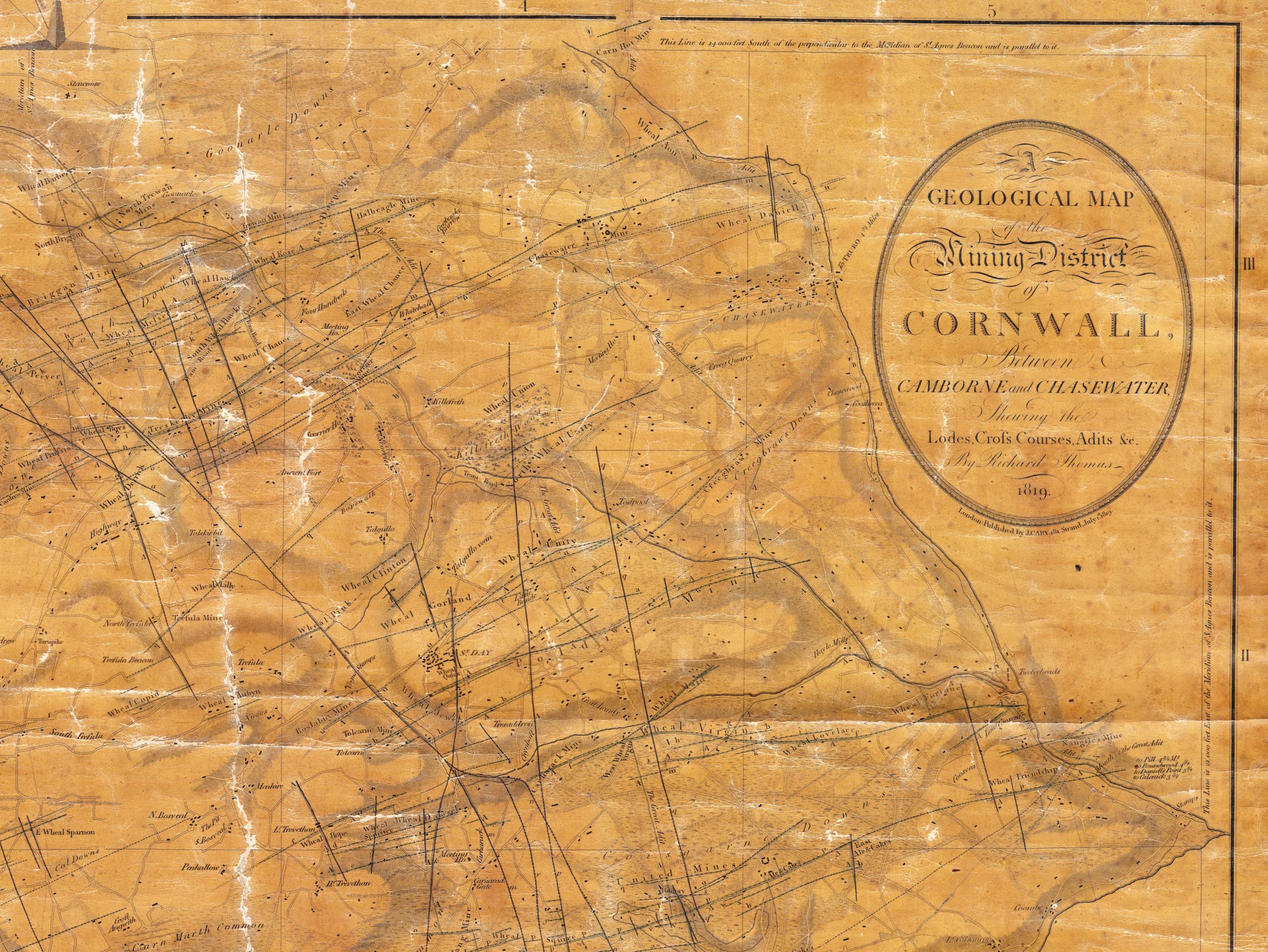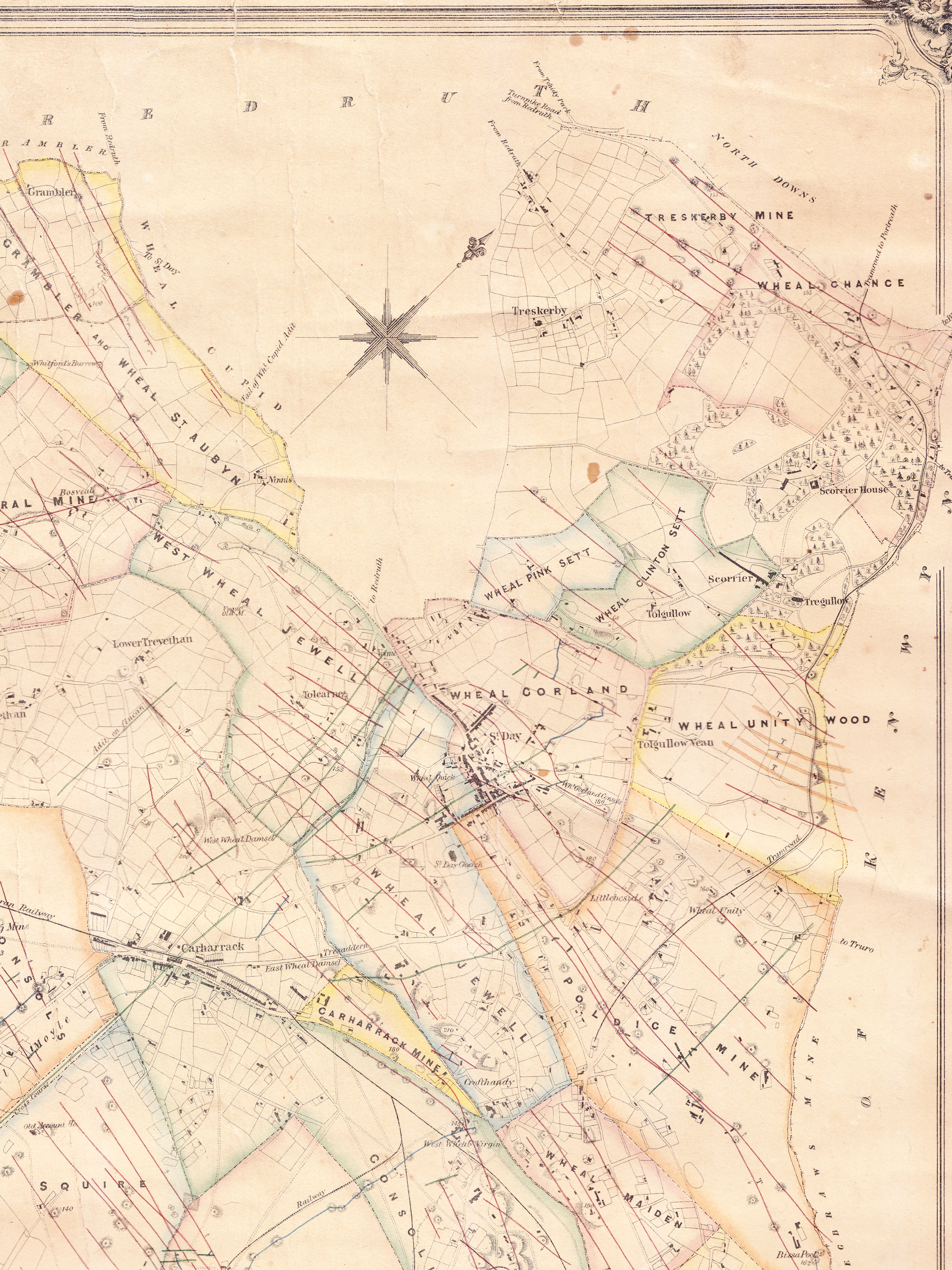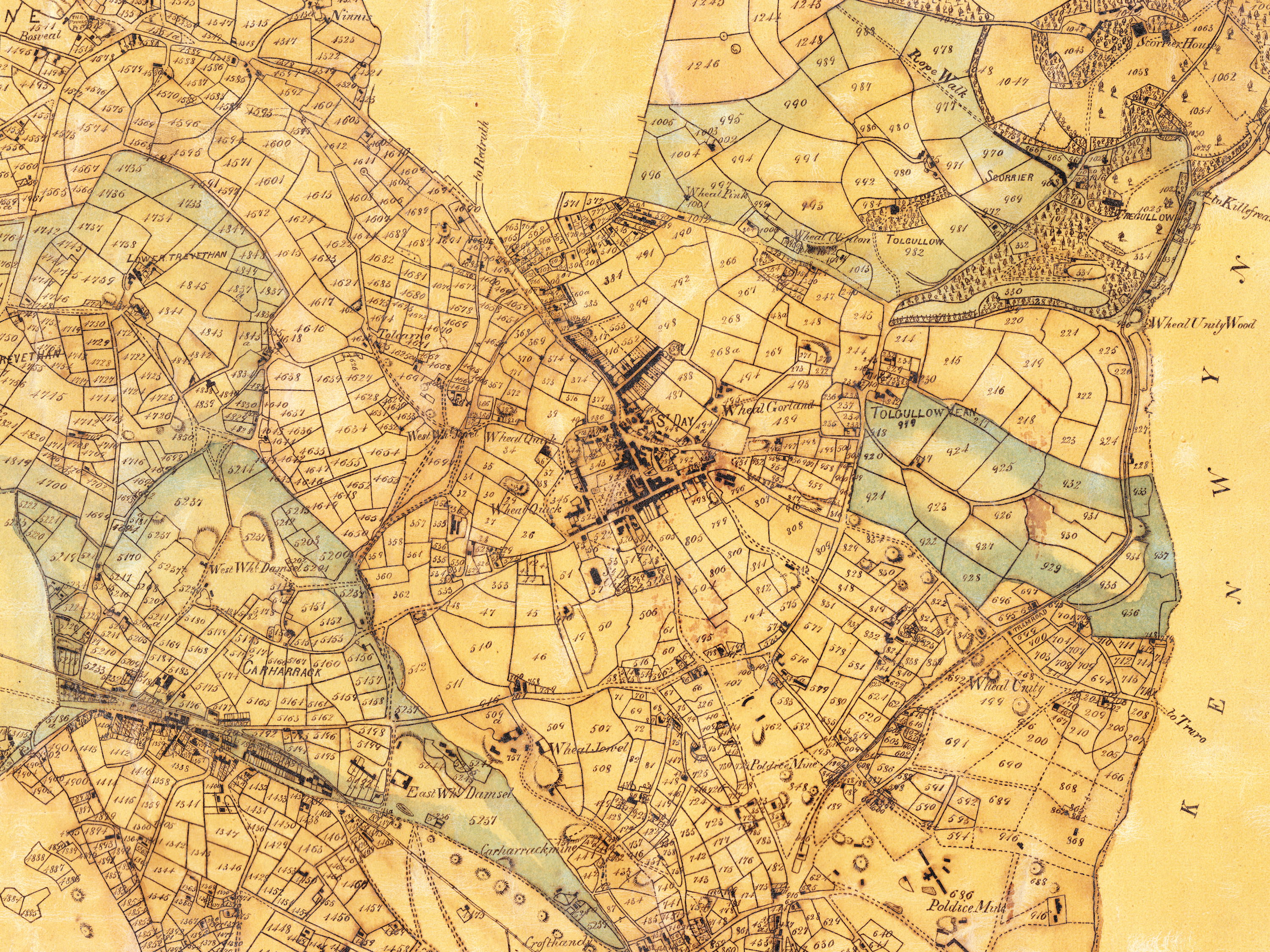Mineral Collection
The Williams Caerhays Mineral collection is the product of generations of collecting by the Williams family, predominantly in the Gwennap parish of Cornwall.
They were well established as highly successful mining managers by the early 1700s, living at Burncoose House, and subsequently at Scorrier House.
John Williams senior (1753-1841) and his son, John Williams junior (1777-1849) were largely responsible for creating the superb mineral collections at those two residences in the late18th and early 19th centuries.
The mineral collection at Scorrier House was very large. Although it was not a systematic one, it comprised the finest suites of secondary copper minerals from Cornwall, a veritable treasure chest of rare minerals, and of great importance in the Annals of Cornish Mineral Collecting
Following the death of John Williams junior in 1849, the estate passed to his nephew John Michael Williams (1813-1880), who added to the collection, and the Scorrier House minerals were moved to Caerhays Castle in the late 1850s. He added to the collection, largely by way of purchases from British and European dealers. Williams was an extremely wealthy man and he was able to pay the best prices for his mineral acquisitions.
J M Williams’ son John Charles Williams inherited the Caerhays Estate and had little interest in the mineral collection, his forte being the plant world. In 1893 he invited the curators of the British Museum (Natural History) to Caerhays offering them the opportunity of taking whatever minerals they wished for the national collection. Over 500 specimens were selected.
Rescued from Oblivion
In 2008 Charles Williams, the current owner of Caerhays, met Courtenay Smale, a retired mining engineer and former President of the Royal Geological Society of Cornwall and the Royal Institution of Cornwall, with a view to re-establishing a mineral display in the empty cabinets. This was aimed at enhancing the visitor experience as part of the House Tour. In addition, wider publicity to the mineral collection involved international mineral exhibitions (Munich, Germany, and Tucson, Arizona), coupled with numerous articles in British, German, American and Russian magazines.
The painstaking task of reinstating a display and cataloguing was onerous, in that the minerals were secreted throughout the castle’s old kitchen, old vegetable room, wine cellar, smoking room, and slop room. They bore no identification labels or catalogue.
MINERAL NEWS
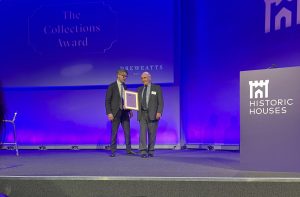
Courtenay Smale with MD of Dreweatts – Jonathan Pratt
View- From Cornwall to Nebra – Gold in the Sky Disc.
Read – Caerhays Mineral Collection awarded Historic Houses Collection – Nov 2022
Read – Williams Collection Azurites Specimens – Munich Mineral Show 2021
Read – Bryce McMurdo Wright Miniature Cabinet, Munich Show, Nov 2021
Read – The Times – Lost for millennia – December 2021
Read – Bryce McMurdo Wright Miniature Cabinet, Munich Mineral Show 2019
Read – latest research by Halle University on the gold, Nov 2019
Read – Gold origins Wiltshire Museum, Jun 2019
Read – Sky Disc of Nebra, Munich Mineral Show 2018
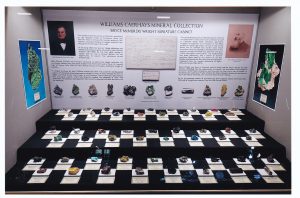
Munich Mineral Exhibition – 2021
Bryce McMurdo Wright Miniature Cabinet
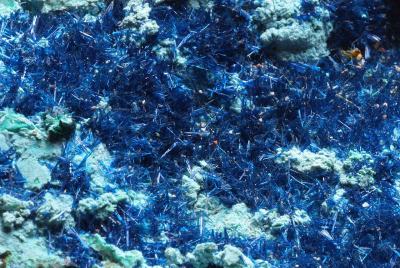
Connellite from Wheal Gorland, Cornwall, England
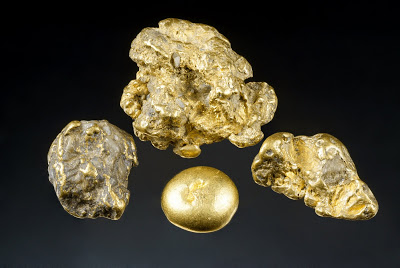
Gold
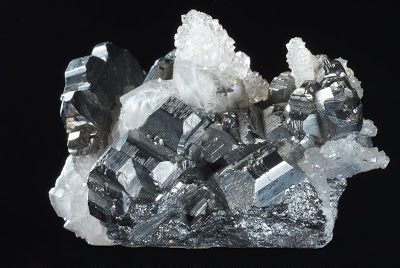
Bournonite, Herodsfoot Mine, Cornwall, England
Bryce McMurdo Wright Miniature Collection
An empty mahogany cabinet containing 1400 very high quality miniature minerals was reinstated, but required identification of the specimens. The sole information on the specimens was a printed number, which suggested that at some point there must have been a catalogue. The laborious task of cataloguing the specimens was completed, was limited to identification of the species but lacking provenance. In 2011 the catalogue written in distinctive handwriting was found. A comparison with labels of dealers of the period confirmed that this one off, commissioned collection was supplied by Bryce McMurdo Wright, the leading British mineral dealer, around 1870. Such is the very high quality that it is unlikely that a second cabinet could have been assembled.
Exhibited at the Munich Show in 2019, a selection of these miniatures drew the comment from the American editor of Mineralogical Record – ‘This was one of the best small displays of antique minerals from antique mining regions I’ve ever seen’.
Azurite – Chessy les Mines, France
The Caerhays collection has an unusually large group of high-quality azurite specimens, which are believed to have been presented to John Williams of Scorrier House. Two French counts, Le Comte de Lille and Le Comte d’Artois, who had fled France around 1800 were hosted by the Williams family. They were both later to become kings of France following the restoration of the monarchy. The display cabinet at the Munich Mineral Show in 2021 drew complimentary comment.
Gold – Carnon Valley – Sky Disc of Nebra
Curator, Courtenay Smale discovered a tray of 30 gold nuggets mixed with Williams family memorabilia and other bric-a-brac. Further investigation revealed that the Williams family held mining rights on the tin deposits in the Carnon Valley, Cornwall in the early 1800s and that fine gold nuggets were reported to be in the Scorrier House mineral collection some twenty years later. Wishing to learn more about the gold nuggets, he discovered a project in Germany which had been trying to ascertain the origin of the gold in the Sky Disc of Nebra, some 3500 years old and regarded to be the earliest astronomical instrument known. The project, headed by Professors Mellar and Borg of the Landesmuseum for Archaeology and the Halle University’s Geological Department respectively, had virtually exhausted their research when Smale contacted Borg. Within a short time Borg and Mellar visited Caerhays, examined the gold nuggets and it was agreed that Smale would take them to Halle for further analyses. The outcome of this fortuitous liason led to confirmation that the gold in the Sky Disc originated from the Carnon Valley following comparison of the ‘fingerprinting’ of the nuggets and the Sky Disc. The Sky Disc is currently one of the highlights of the ‘World of Stonehenge’ exhibition at the British Museum.
Mineral Collection long term Security
Recently it was decided to seek registration of the mineral collection as being one of national importance under English Heritage’s Historical Association Claim for the Minerals. That process is near completion and, if successful, will provide ongoing protection for the collection, coupled with the adoption of museum best practice in curating for the generations to come.
The Future – Research & Education
The Williams family are committed to continuing the already established practice of publicising the mineral collection through exhibitions, lectures, research with learned societies, and articles through such vehicles as international publications and Academia.
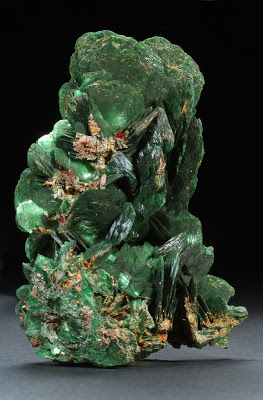
Torbernite, Old Gunnislake Mine, Cornwall, England
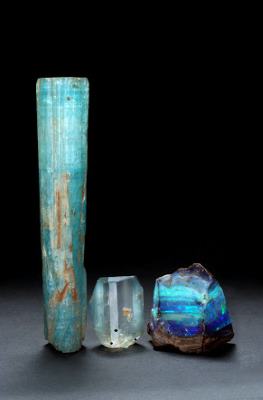
Aquamarine & Topaz from E. Siberia and Opal from Queensland
Mining Map Gwennap 1819
Click image for large version.
Click here for full size version.
Mining Map Gwennap 1845
Click image for large version.
Click here for full size version.
Mining Map Gwennap 1865
Click image for large version.
Click here for full size version.

